- News
- Reviews
- Bikes
- Accessories
- Accessories - misc
- Computer mounts
- Bags
- Bar ends
- Bike bags & cases
- Bottle cages
- Bottles
- Cameras
- Car racks
- Child seats
- Computers
- Glasses
- GPS units
- Helmets
- Lights - front
- Lights - rear
- Lights - sets
- Locks
- Mirrors
- Mudguards
- Racks
- Pumps & CO2 inflators
- Puncture kits
- Reflectives
- Smart watches
- Stands and racks
- Trailers
- Clothing
- Components
- Bar tape & grips
- Bottom brackets
- Brake & gear cables
- Brake & STI levers
- Brake pads & spares
- Brakes
- Cassettes & freewheels
- Chains
- Chainsets & chainrings
- Derailleurs - front
- Derailleurs - rear
- Forks
- Gear levers & shifters
- Groupsets
- Handlebars & extensions
- Headsets
- Hubs
- Inner tubes
- Pedals
- Quick releases & skewers
- Saddles
- Seatposts
- Stems
- Wheels
- Tyres
- Health, fitness and nutrition
- Tools and workshop
- Miscellaneous
- Tubeless valves
- Buyers Guides
- Features
- Forum
- Recommends
- Podcast
review
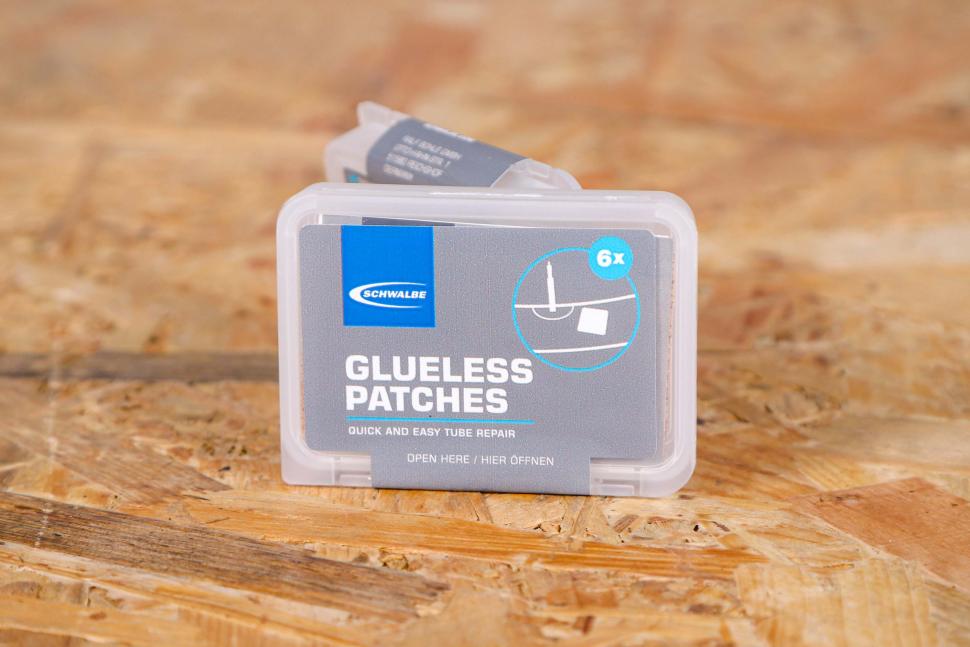 2023 Schwalbe Glueless Patches - 1.jpg
2023 Schwalbe Glueless Patches - 1.jpg£5.99
VERDICT:
Effective mess-free patches for fixing smaller holes
Effective on small holes
Convenient
Included sandpaper is poor
Won't fix large holes
A bit pricey
Weight:
9g
Contact:
At road.cc every product is thoroughly tested for as long as it takes to get a proper insight into how well it works. Our reviewers are experienced cyclists that we trust to be objective. While we strive to ensure that opinions expressed are backed up by facts, reviews are by their nature an informed opinion, not a definitive verdict. We don't intentionally try to break anything (except locks) but we do try to look for weak points in any design. The overall score is not just an average of the other scores: it reflects both a product's function and value – with value determined by how a product compares with items of similar spec, quality, and price.
What the road.cc scores meanGood scores are more common than bad, because fortunately good products are more common than bad.
- Exceptional
- Excellent
- Very Good
- Good
- Quite good
- Average
- Not so good
- Poor
- Bad
- Appalling
Schwalbe's glueless patches are useful for field repairs, as long as you allow for the things they can't do.
In the words of Clint Eastwood as Harry Callaghan, a man's gotta know his limitations. That applies to these glueless patches from Schwalbe too: they work well, as long as you respect their limitations.
> Buy now: Schwalbe glueless patches for £4 from Merlin Cycles
I used the Schwalbe glueless patches to fix five butyl inner tubes. Three had pinprick holes, obviously caused by thorns or tiny glass shards, one had a classic snakebite puncture in the form of two larger holes a rim's-width apart, and one had a large hole caused by a badly fitted tyre blowing off.
Following Schwalbe's instructions I roughened the tube around the hole, applied a patch and pressed it firmly into place. I'd normally give conventional patches a few hours to cure, but the whole point of glueless patches is that they're a quick fix when you're out on the road, so I put the tube straight into a tyre and inflated it.
The three tubes with pinhole punctures held up just fine, as did the tube with the snakebite. The patch blew off the big hole when inflated. I tried a second time and to give it the best possible chance I left the tube clamped between two pieces of wood for an hour, but it still failed when I put it in a tyre.
That's pretty much in line with my experiences with other glueless patches: they work reasonably well on small holes, but just don't have enough sticking power to pull a really large hole together. Those holes need vulcanising glue, big patches and plenty of curing time.
> Puncture repair – learn how to fix a tube
All repairs of butyl tubes also need a well-roughened surface and the Schwalbe glueless patch kit comes up a bit short there. You get a small piece of sandpaper to roughen the tube, and mine was falling apart before I'd finished the second tube. I switched to emery cloth for the rest of the test.
A day later, the four successful repairs were still fully inflated, so at the very least they'd have gotten me home.
Value
At six quid for six patches, this is an expensive kit, though it can be found for a far more reasonable £4 – follow the 'Buy now' link at the start of the review. Park Tool's GP-2 comes in at £5 for six patches, Decathlon's kit is £3.29 for eight, a Lezyne Smart kit runs £4 for six patches and a tyre boot, Weldtite Red Devils are £2.99 for six, and Wiggle's Lifeline own-brand a mere £2.49 for 10. User reviews strongly suggest the Park Tool GP-2 is the best of those.
Conclusions
Schwalbe glueless patches work well as long as you're not trying to fix a gaping chasm with them. They're easy to use and far less messy than conventional patches.
Who should buy the Schwalbe glueless patch kit?
I see any patch kit as a belt-and-braces back-up. I carry two inner tubes at all times, partly because I'm paranoid and partly so that I can give a tube to a ride companion and still have one for myself. I wouldn't rely on any patch kit as my first-line puncture fix. I will, however, happily carry a Schwalbe kit as my last resort. For anything but big holes, it'll get you home, and I'd recommend carrying them with that use case in mind.
Verdict
Effective mess-free patches for fixing smaller holes
road.cc test report
Make and model: Schwalbe Glueless Patches
Size tested: One Size
Tell us what the product is for and who it's aimed at. What do the manufacturers say about it? How does that compare to your own feelings about it?
Schwalbe says: "With the self-adhesive patches from Schwalbe you can repair a flat tube fast and without any difficulty."
They're for fast flat fixes in the field, then. You get six in a pack, so at a quid each they're much cheaper than a new tube.
Tell us some more about the technical aspects of the product?
Schwalbe also says that these patches are especially suitable for its Aerothan thermoplastic polyurethane inner tubes, and looking at them you can see how that'd work. They're very thin and clear – obviously not made from any sort of conventional rubber.
Rate the product for quality of construction:
7/10
The patches are tidily cut, but the included sandpaper is a bit rubbish.
Rate the product for performance:
7/10
They'll fix smaller holes and even snakebites, but fail with very large holes.
Rate the product for weight (if applicable)
9/10
At 9g for the pack, they're really not going to slow you down!
Rate the product for value:
3/10
At RRP, these are spendy patches.
Tell us how the product performed overall when used for its designed purpose
Very well on small holes and snakebites, not so well on big holes.
Tell us what you particularly liked about the product
Ease of use and lack of mess.
Tell us what you particularly disliked about the product
Failure on big holes.
How does the price compare to that of similar products in the market, including ones recently tested on road.cc?
At six quid for six patches, this is an expensive kit, though it can be found for a far more reasonable £4. Park Tool's GP-2 comes in at £5 for six patches, Decathlon's kit is £3.29 for eight, a Lezyne Smart kit runs £4 for six patches and a tyre boot, Weldtite Red Devils are £2.99 for six, and Wiggle's Lifeline own-brand a mere £2.49 for 10. User reviews strongly suggest the Park Tool GP-2 is the best of those.
Did you enjoy using the product? Yes. I mean, insofar as anyone enjoys fixing punctures!
Would you consider buying the product? Yes
Would you recommend the product to a friend? Yes
Use this box to explain your overall score
Effective patches for smaller holes, but the price is a steep.
About the tester
Age: 56
I usually ride: Scapin Style My best bike is:
I've been riding for: Over 20 years I ride: Most days I would class myself as: Expert
I regularly do the following types of riding: commuting, touring, club rides, general fitness riding, mtb,
John has been writing about bikes and cycling for over 30 years since discovering that people were mug enough to pay him for it rather than expecting him to do an honest day's work.
He was heavily involved in the mountain bike boom of the late 1980s as a racer, team manager and race promoter, and that led to writing for Mountain Biking UK magazine shortly after its inception. He got the gig by phoning up the editor and telling him the magazine was rubbish and he could do better. Rather than telling him to get lost, MBUK editor Tym Manley called John’s bluff and the rest is history.
Since then he has worked on MTB Pro magazine and was editor of Maximum Mountain Bike and Australian Mountain Bike magazines, before switching to the web in 2000 to work for CyclingNews.com. Along with road.cc founder Tony Farrelly, John was on the launch team for BikeRadar.com and subsequently became editor in chief of Future Publishing’s group of cycling magazines and websites, including Cycling Plus, MBUK, What Mountain Bike and Procycling.
John has also written for Cyclist magazine, edited the BikeMagic website and was founding editor of TotalWomensCycling.com before handing over to someone far more representative of the site's main audience.
He joined road.cc in 2013. He lives in Cambridge where the lack of hills is more than made up for by the headwinds.
Latest Comments
- GMBasix 3 min 4 sec ago
Of course it's going to cause disruption, it's less than 200m from the dead centre of Hemel Hempstead!
- Backladder 10 min 1 sec ago
The sign obviously means "Do not beware of falling bicycles" and since it is a blue circle it is mandatory so anybody caught being ware of falling...
- chrisonabike 20 min 34 sec ago
And Heidi Alexander? Perhaps if we could only divert a small fraction of the motoring monies to alternatives to driving we would end up levelling...
- chrisonabike 1 hour 37 min ago
I mean - if you let their tyres down that's compromising their safety - attempted murder....
- qwerty360 1 hour 46 min ago
Except there is legislation re what PSPO's can be used for....
- Gareth W-R 2 hours 15 min ago
I had one of these years ago, emx 5 was just under the top tier emx 7. This was a pro tour frame, used by boonen from what I remember along with the 7
- rhodzilla 3 hours 5 min ago
Yeah, I've looked at a few others but they seem a bit complicated - what I like about this game is that the team selection is straightforward and...
- stonojnr 3 hours 15 min ago
People willingly drive up kerbs that are 15-20cm high, they don't care about what speed bumps might do to their vehicles at speed, even before half...
- antonae 3 hours 34 min ago
My experience is the same as Rostrider, in the line of what Matt insinuates about the Zero Road grip on wet conditions: a fatal disaster, hard to...
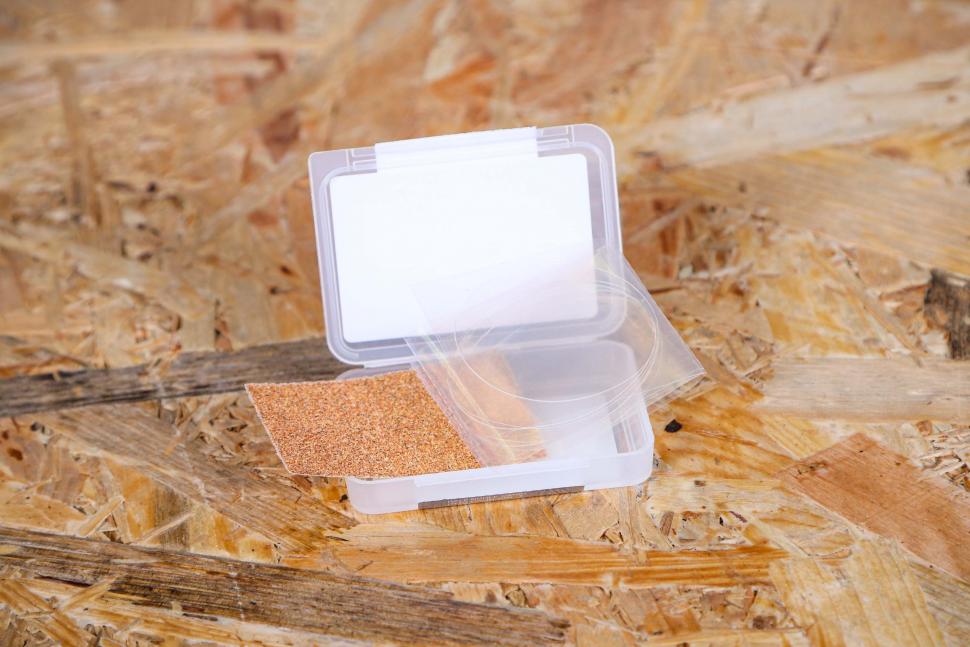
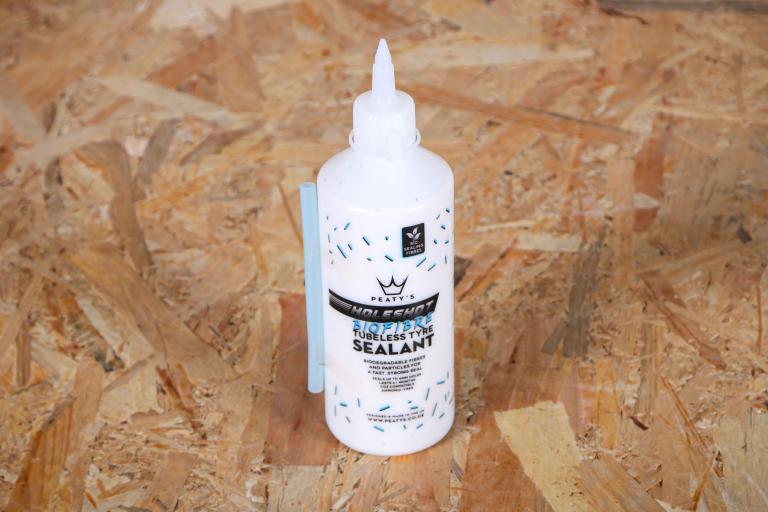
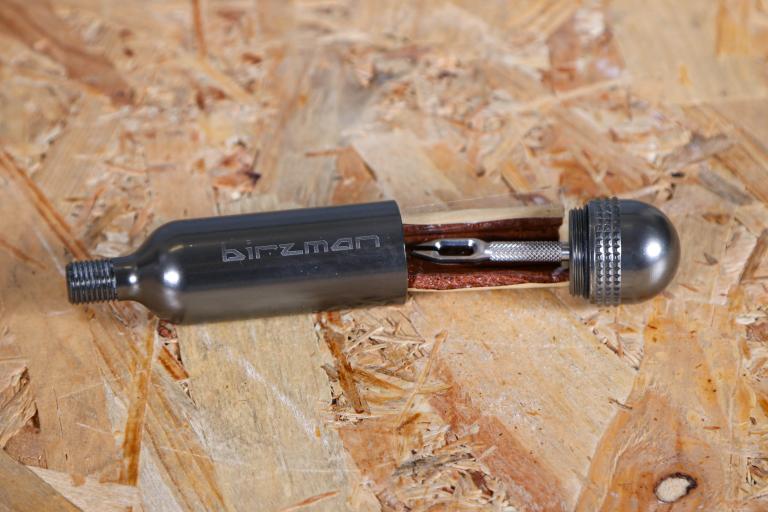
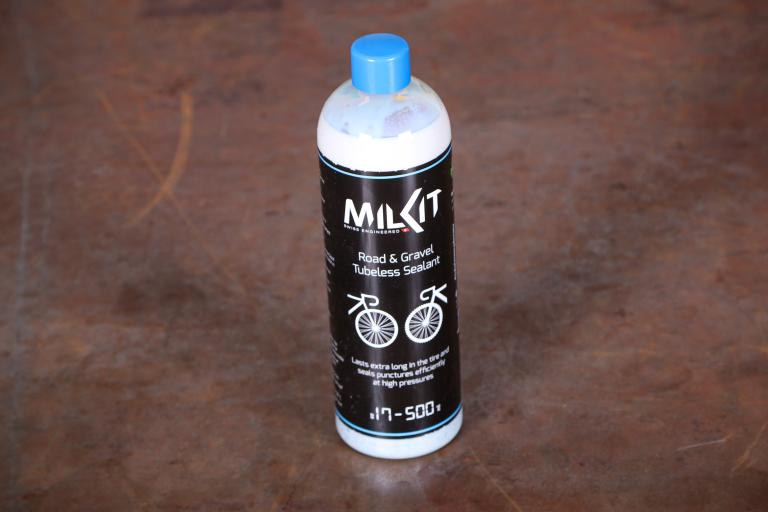
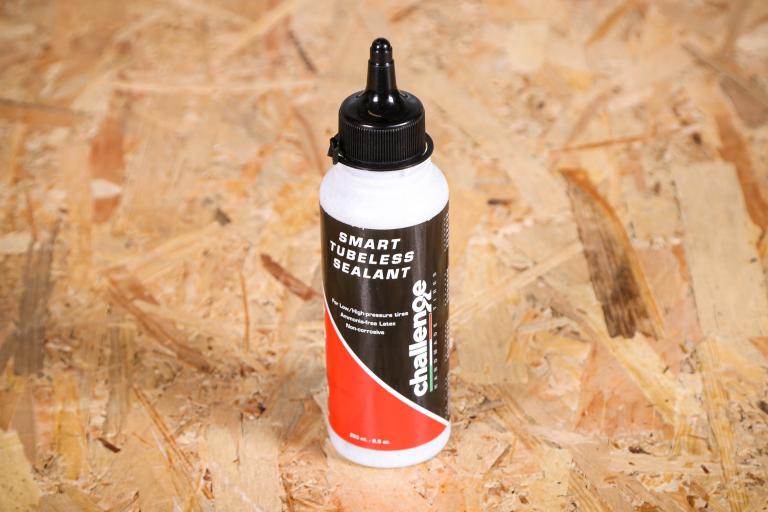
Add new comment
11 comments
There are better glueless patches available, but the schwalbe ones do make good frame protectors around the exit hole for rear brake hoses
"I'd normally give conventional patches a few hours to cure"
This is absolutely not necessary. Before I went tubeless I fixed probably hundreds of inner tubes at the roadside with conventional glued patches. Assuming you give the rubber solution a minute to go matt and tacky, the patch is permanent straight away and the inner tube can be inflated to full pressure.
I tried glueless patches when they came out and was unimpressed. By the time you've prepped the work area with sandpaper you might as well be using a proper patch instead of a temporary solution which is almost guaranteed to fail while leaving a sticky residue behind that is hard to clean for a proper fix.
What's the actual value add of a glueless patch anyway, a vague promise that you'll save a minute fixing the inner tube? That's not going to affect the related faffing I saw on so many clubruns: finding tools, turning the bike upside down, struggling to get the wheel off, struggling to get the tyre off, puncturing the inner tube again when struggling to get the tyre back on, asking if anyone has a decent pump, asking if anyone has a spare inner tube. Sigh... seen and waited for all that.
Ewww!
We don't have many trees in the fens, but what we do have are quite stunted, so you can often hook your saddle into one of the lower forks and they make quite a good temporary workstand to avoid this type of unpleasantness
Absolutely, squeezing a bit of solution out of a tube is hardly the hardest or most time consuming part of fixing a p******e (sorry my one superstition, I won't even type the word ) unless the solution was opened some time ago and it has dried out/ cured in the tube.
) unless the solution was opened some time ago and it has dried out/ cured in the tube.
Came to say the same as previous commentators. Self adhesive patches are great as a roadside fix, just don't work longterm, especially when hot. This relates to Park, not Schwalbe, but I have serious misgivings
I'd always had good results with the Park glueless patches, until I tried using them on holiday in really hot weather. Then they didn't stick at all. No idea if that limitation will apply to these.
Any follow-up? The glueless I've used in the past (including Park) have got me home, but failed a few rides later and I've had to replace with a vulcanised patch.
I can follow up on the Park Tools glueless patches.
I patched a puncture (butyl tube) on my hybrid commuter late last summer with one. Changed the tyres last week to find the patch still there, doing its job. I've done about 900km on it since then, and had promptly forgotten it was there.
On the heat, I can't remember if the patch covered that crazy 40+C heatwave we had last year, but I don't think it did.
I have inner tubes that have been patched with park patches for so long that they've outlasted the tyres they've been inside.
Make sure the tube is dry and scuffed up when you apply and they are generally permanent
I've found that when I have used the Park patches they tend to fail after a while - the patch eventually starts to leak a little. Rema seem to be to be the best patches for longevity.